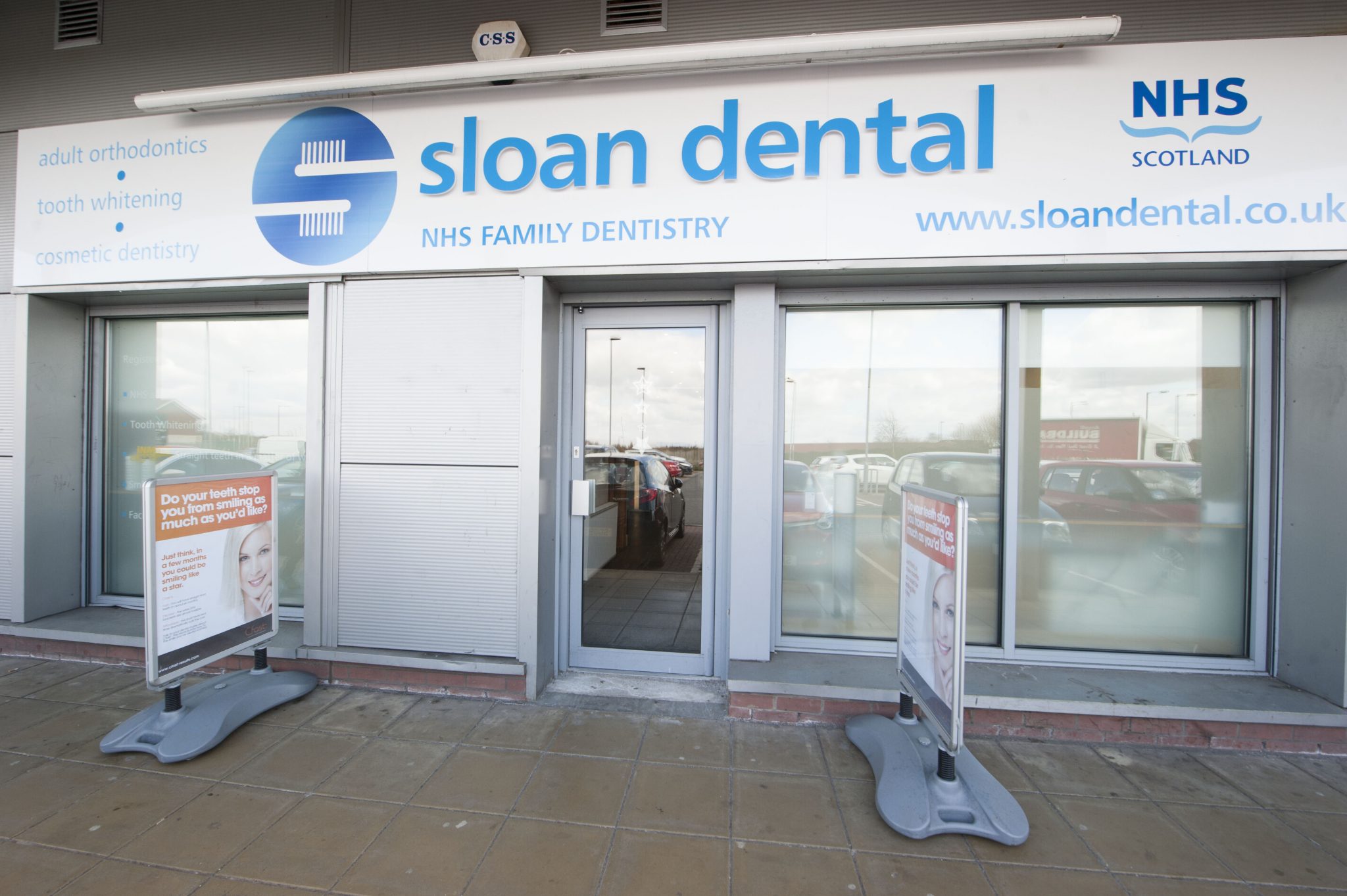Brushing your teeth is probably one of the life skills you think you’ve got figured out. But you’d be surprised how many people are making huge mistakes every time they pick up a toothbrush.
Given a choice, a dentist would rather see you brush incorrectly than not at all. But this doesn’t mean that your bad habits aren’t damaging your oral health. If you aren’t sure if you’re brushing correctly, your dentist or dental hygienist is the best person to ask. They will be able to offer some tips to help you make sure you aren’t risking your oral health with bad habits.
Here are the most common mistakes people make when brushing their teeth:
Not replacing your toothbrush regularly
You should be changing your toothbrush every three to four months, as this is how long a toothbrush will last before it becomes too worn down and ineffective at cleaning your teeth properly.
Many toothbrushes will have indicator bristles that fade over time. Once you notice the colour draining from your toothbrush, it’s time to buy a new one. Keeping track of when you last changed your toothbrush is also as simple as putting a little star in the calendar when it’s time to switch to some fresh bristles.
Brushing too hard or too soft
You should be brushing your teeth with a medium level of pressure. Brushing with too little pressure means you’re missing some spots and not removing the plaque that builds up on your teeth.
Brushing too hard can lead to gum recession and damage the enamel on your teeth. You shouldn’t need to push down as you brush, as the bristles are designed to do the work for you.
Focusing on the wrong area
When you’re a little kid, you’re told to focus on the top of your teeth as this is where you’re most likely to get cavities. But, as you get older, you need to make sure you aren’t neglecting the gum line.
When you brush your teeth, try to get all surfaces and brush at a 45-degree angle against the tooth to make sure you’re cleaning the gumline.
Using a brush with hard bristles
A brush with hard bristles won’t make your teeth any cleaner. On the contrary, hard bristles can irritate your gums and might even discourage you from brushing at all. Firm bristles might be suitable for occasional use, but they won’t help you with everyday oral hygiene.
When choosing a toothbrush, select one with medium or soft bristles. It’s also recommended to select a smaller brush head, as this will ensure your brush can get to any hard-to-reach areas.
Sticking to the same brushing pattern
Many people like to brush their teeth in a set pattern. But, unfortunately, when you slip into a routine, there’s a good chance that you’re brushing on autopilot. And this could mean that you’re missing the same spots. Every. Single. Day.
To avoid this, we recommend switching up the order you brush your teeth. First, split your mouth into four quadrants; upper left, upper right, lower left, and lower right. Now, switch up the order that you brush them each time, and make sure you spend at least 30 seconds on each quadrant.
Not brushing for long enough
Most people know they need to brush for two minutes each time, but most people are also terrible at guessing how long that is. If you time yourself, you might find you’re brushing for closer to 45 seconds, and that isn’t long enough to sufficiently clean your teeth.
Try using a timer, or invest in an electric toothbrush that times two minutes for you. You’ll find your mouth feels much fresher, and your dentist is sure to notice the difference!
Skipping the floss
Brushing can only do so much. Your oral hygiene routine should include flossing once a day, but this can be difficult if you’ve never been in the habit of flossing. You might notice your gums bleed the first time, so try building up by flossing a few teeth at a time.
After a few weeks, you’ll be flossing your whole mouth daily and shouldn’t have any more painful or bleeding gums. However, if your gums continue to bleed, this could be a sign of gum disease, so it would be an excellent time to book your checkup!



